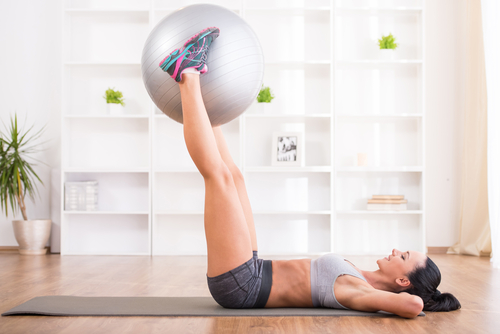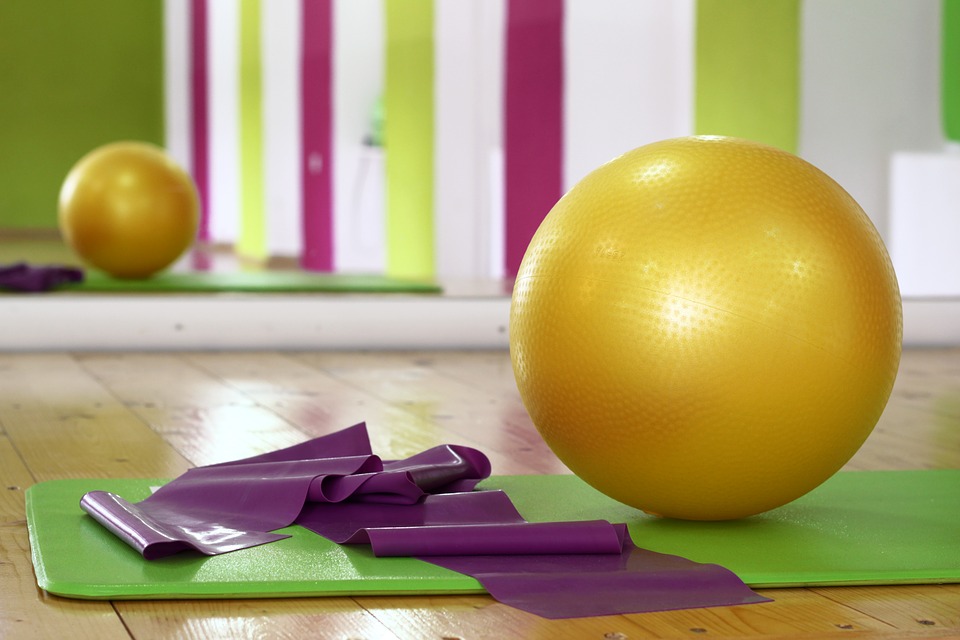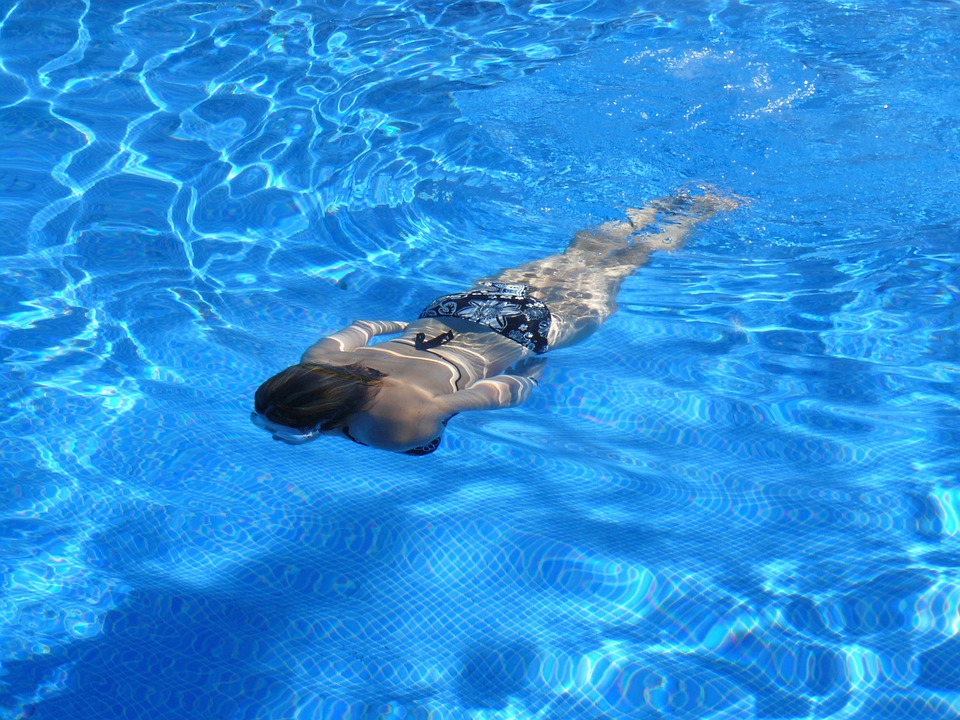Dance Talk
Our dance season never ends. Learn dance tips from the best.
Benefits of Cross Training for Dancers

by Audrey Moore

As a dancer, you love to be in the studio or on stage. In fact, there's nowhere you'd rather be than practicing your latest routine or working to perfect a move, donning your favorite unitard. But there are also a variety of benefits to moving outside the world of dancing and cross-training in other areas. Not only can cross-training go a long way in injury prevention, but low-impact cross training, like biking and swimming, won't put added stress on your joints. So, with that in mind, here's a look at a few of the biggest advantages dancers can enjoy from cross-training:
#1: Preventing injuries.
Dance comes with a high risk for injuries. Most are related to overuse -- and cross-training is an ideal way to give the muscles used in dancing a break. They can still be worked, just not to the same level of intensity, which helps muscles and tendons recover from all the wear and tear experienced during dancing.
Likewise, cross-training can help to reduce muscle imbalances developed during dancing. When the same muscles or muscle group is worked repeatedly, it's going to grow tighter, leading to a muscular imbalance. Not only that, but as muscles get tighter, they're put at a much greater risk for injury because they lack flexibility. Cross-training -- and working other muscles and muscle groups -- helps to offset this, improving balance and reducing the risk of injury.
#2: Helps during rehabilitation.
If you do have an injury from dance, cross-training can help keep you in shape while you recover. That's important because in many cases, it can take longer to recover than what you initially think. Your doctor may tell you it takes a six to eight weeks for you to get back into the studio. But you may have to tack on a few more months to that until you are good as new. Cross-training in other areas, such as swimming, biking, and elliptical training can help you to stay in shape while your injury heals.
#3: Better overall health.
Research shows that regular cross-training has some big advantages to your overall physical health. For instance, weight-bearing cross-training helps to improve bone density and resistance training helps with enhancing flexibility and coordination. Likewise, cardio helps to strengthen your heart, while lowering your blood pressure at the same time. Both cardio and resistance workouts help to fight against type 2 diabetes, while also improving your memory and lowering your risk for dementia. On top of impacting your overall physical health, cross-training is good for your mental health, too, acting as a stress reliever and a mood booster.
#4: Keeps you motivated.
You're passionate about dance. But you still need to shake things up every once in a while if you want to stay on track in the studio. Repetitive dancing routines can often lead to boredom. But with cross-training, you can infuse new life into your routine and maintain your enthusiasm for dancing. And when you're more motivated, this makes it easier to practice harder and to perform better on the stage.
#5: Boost strength and flexibility.
When you cross-train, you're forcing your body to move in different ways than it does during dancing. This improves you body's natural range of motion, which in turn will have a positive impact on your flexibility while you're dancing. Not only that, but cross-training also helps you gain strength, too, in your core and legs, helping you to perform better in the long run.
So now that you know the benefits of cross-training, what activities are best for dancers? Here's a look at a few:

- Swimming. Swimming is one of the best activities for dancers because it doesn't put stress on the joints and you still get an aerobic workout in the process. You don't simply have to swim laps. You can also run underwater or take a water aerobics class to get your heart rate going without pounding your body.
- Biking. Biking is another great aerobic exercise for dancers as it gets your heart rate up and also helps with strength training, as well. Just make sure you use a recumbent bike during your workout instead of a racing one. When you sit in a racing bike and lean over, this can cause your hip muscles to shorten, impacting how far out your legs can extend when you dance.
- Pilates. For another type of strength training exercise, try Pilates. This will enhance your inner core and help you to perform more powerfully and have more precise technique. It also helps to combat with stress in the lower back and enhances spinal alignment. This, in turn, improves balance and symmetry -- both vital for any good dancer.
- Weight lifting. Another way to boost strength is through lifting weights. But many dancers are fearful of weight lifting because they don't want to add bulk to their frames. However, with the right approach, weight lifting won't bulk up your muscles. For instance, instead of lifting heavy weights for five to 10 repetitions and resting after each set, lift lighter weights for more reps, such as 30 or 40, without a break.
- The elliptical. If you love to run, but don't want to damage your joints, the elliptical machine provides a good alternative. You'll get a great cardio workout without impacting your joints. Likewise, you can increase resistance, which can help with endurance and strength training, too.
Looking for the perfect workout clothes while you cross-train?
Just for Kix can help. Check out our full line of dancewear, from leotards for girls to unitards. We offer the high quality dance clothing you need to look and feel your best, whether you're in the studio or hitting the gym.


Follow Us
Follow Us online, join our conversations, engage with our teams around the world!